The 12 Riskiest Smartphones
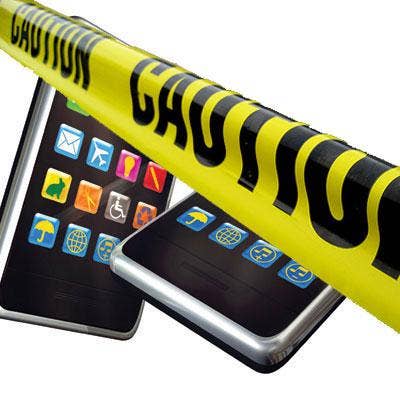
A Dozen Threats To Mobile Security
With nearly six in 10 Android phones running an insecure version of the operating system, it makes sense that Bit9's 2011 list of the 12 riskiest smartphones are powered by Google's OS. Android's security problems are primarily caused by phone manufacturers releasing products with outdated versions of Android, and then releasing upgrades at a glacial pace. As a result, consumers storing personal information on the phones face serious security threats, the vendor says. What follows are Bit9's "Dirty Dozen."
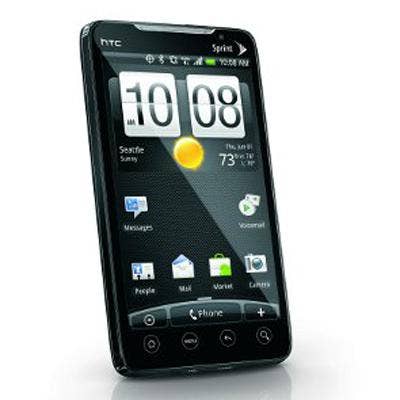
12. HTC Evo 4G
Launched in June 2010, the Evo 4G was seen as Sprint's flagship Android smartphone, because it supported the carrier's 4G WiMax network. At the time, the Evo 4G held the record for launch-day sales at Sprint. The phone shipped with Android 2.1 and was updated a year later with Android 2.3. The device had a 4.3-inch display, 1 GB of internal storage and an 8 GB microSD card. The phone supported up to 32 GB of external storage. Other features included a 1GHz Qualcomm Snapdragon processor, an 8 megapixel camera in the back and a 1.3 megapixel camera in the front.
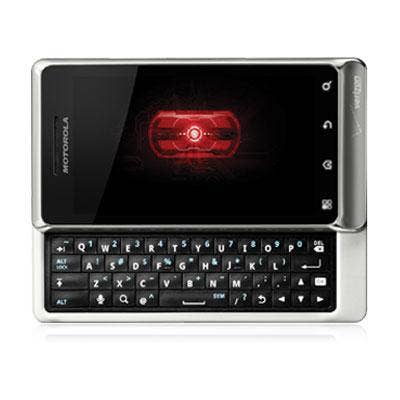
11. Motorola Droid 2
Verizon started selling the Droid 2 in the U.S. in August 2010, making it the fifth phone in the carrier's Droid line. The device had 8 GB of internal storage and shipped with an 8 GB SDHC card that was upgradeable to 32 GB. The phone had a 5 megapixel camera and 3.7-inch display. Unlike the Droid X, The Droid 2 had a redesigned slide-out QWERTY keyboard and shipped with Android 2.3 Gingerbread.
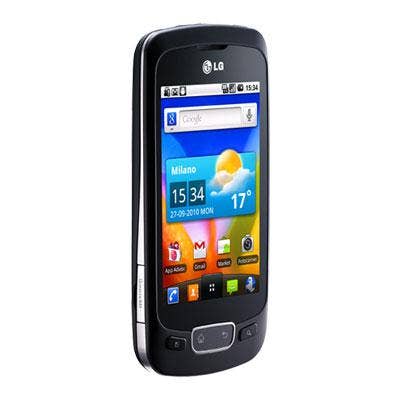
10. LG Optimus One
Sales of the Optimus One started in November 2010 and became the first LG smartphone line to sell more than 1 million units. The device initially shipped with Android 2.2, a 3.2-inch display and a 3-megapixel camera. The phone had 512 MB of internal flash storage and a 2 GB microSD card that was upgradeable to 32 GB.
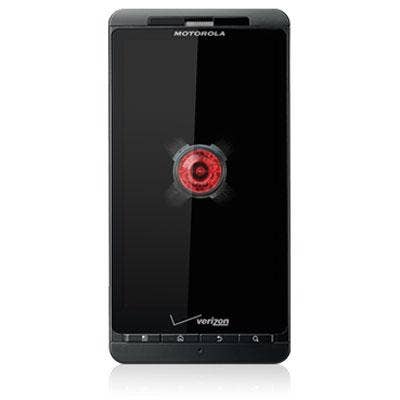
9. Motorola Droid X
Sold by Verizon since July 2010, the Droid X shipped with Android 2.3. In May 2011, Motorola released the Droid X2 upgrade that had a Nvidia Tegra 2 dual-core processor. The first Droid X featured a 1 GHz TI processor, a 4.3-inch display and 8 GB of internal storage. At first, the device came standard with a 16 GB microSDHC card, which Motorola later reduced to 2 GB. The phone came with an 8 megapixel camera and LED flash.
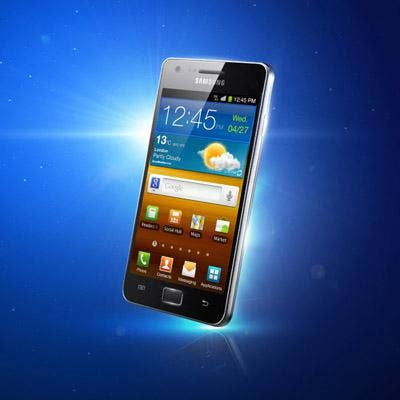
8. Samsung Galaxy S
Samsung announced the Galaxy S in March 2010. The phone featured a 1 GHz Samsung Hummingbird processor and was available with up to 16 GB of internal storage. It also had a microSD slot that supported up to 32 GB of external storage. The Galaxy S had a 4-inch display, a 5 megapixel camera in the back and a front-facing 0.3 megapixel camera. As of January 2011, Samsung had sold 10 million Galaxy S smartphones worldwide. The Galaxy S shipped with Android 2.1. Samsung started rolling out upgrades to Android 2.2 Froyo in November 2010.
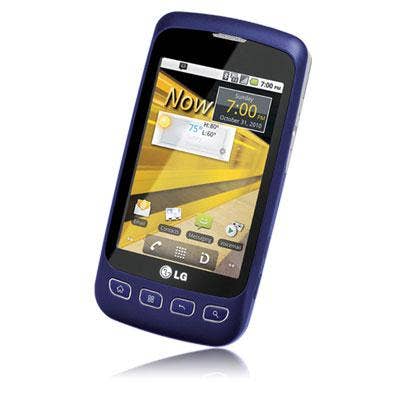
7. LG Optimus S
Released in October 2010, the LG Optimus S was part of a family of entry-level smartphones manufactured by LG and sold by Sprint. The phone shipped with Android 2.2 Froyo, and was later up upgraded to 2.3 Gingerbread. The Optimus S had 512 MB of internal storage, a 2 GB microSD card, upgradeable to 32 GB; a 3.2-inch display, a 3 megapixel camera and a 600 MHz Qualcomm processor. The device had a distinct metal accent that covered the phone's top and one third of each side. On the strip were four hard components, the power button, two volume control buttons and an audio output.
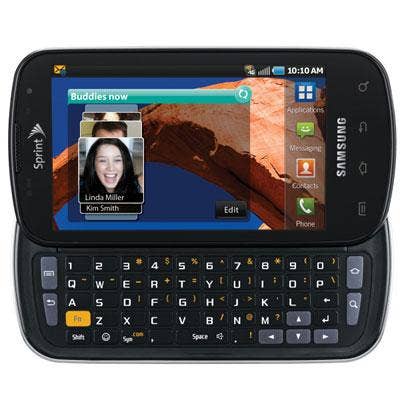
6. Samsung Epic 4G
Released in August 2010, the Epic 4G had a slide-out keyboard that mandated that the home screen be rotated into landscape mode. As a result, the device shipped with a heavily modified version of Samsung's TouchWiz 2.5 interface, instead of the more advanced TouchWiz 3.0. The device shipped with Android 2.1 Eclair, later upgraded to 2.2 Froyo. The Epic 4G had a 4-inch display and shipped, a 16 GB memory card amd a 1 GHz Samsung Hummingbird application processor.
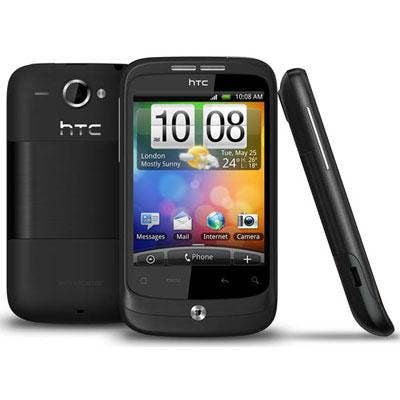
5. HTC Wildfire
Announced in May 2010, the HTC Wildfire shipped with Android 2.1 Eclair, which HTC later upgraded to 2.2. The phone had a 3.2-inch display, 512 MB of internal storage and a microSD card slot that supported up to 32 GB of external storage. The Wildfire sported a 5-megapixel camera and a 528 MHz Qualcomm processor. The phone was sometimes described as the mini HTC Desire.
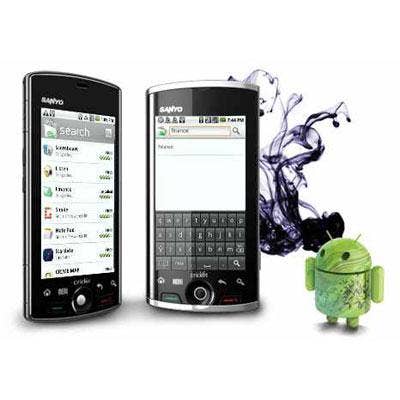
4. Sanyo Zio
Introduced in March 2010, the Zio was Sanyo's first Android phone. The smartphone was sold by Sprint and shipped with Android 1.6, later upgraded to Android 2.2. The phone came with Sprint's "ID packs," which enabled users to choose among collections of themed apps, ringtones, wallpaper and widgets. The phone had a 3.5-inch screen, 512 MB of storage, a microSD slot for up to 32 GB of external storage and a 600 MHz Qualcomm ARM11 processor.
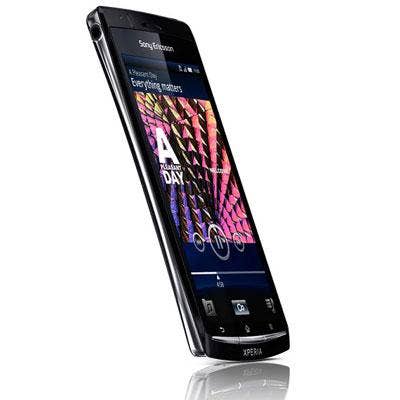
3. Sony Ericsson Xperia X10
Released in the U.S. in August 2010, the Xperia X10 was the first Sony Ericsson smartphone to run Android. The phone shipped with Android 1.6, which was later upgraded to Android 2.3 Gingerbread. The device had an 8-megapixel camera, a 4-inch display, 1 GB of internal storage, a microSDHC card slot for up to 32 GB of external storage and a 1 GHz Qualcomm Snapdragon processor. Originally known as Rachel, the phone had Sony Ericsson's Timescape software for social networking aggregation.
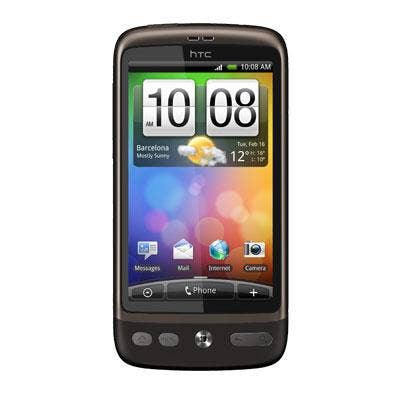
2. HTC Desire
Second in Bit9's "Dirty Dozen," HTC Desire was introduced in February 2010. The phone had a 3.7-inch display and shipped with 512 MB of system memory and a microSD card slot for up to 32 GB of external storage. The smartphone ran Android 2.1 Eclair and was upgradeable to Android 2.3 Gingerbread. The device had a 5 megapixel camera, a 1 GHz Qualcomm Snapdragon processor, and HTC's Sense user interface, which included the ability to aggregate updates from Facebook, Flickr and Twitter.
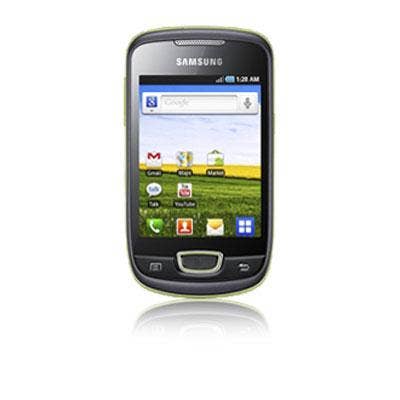
1. Samsung Galaxy Mini
Bit9 rated the Samsung Galaxy Mini the worst smartphone for people concerned with security, which should be anyone who stores personal information in their device. Released in the spring of this year, the Galaxy Mini was considered a low-end smartphone with a 3-inch display and 3-megapixel camera. The phone shipped with Android 2.2 Froyo, later upgraded to Android 2.3 Gingerbread. The Galaxy Mini shipped with 160 MB of internal storage and a 2 GB microSD card. The phone supported up to 32 GB of external storage.